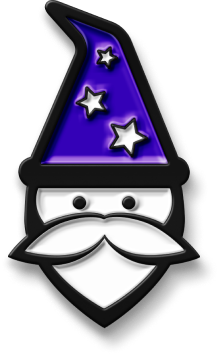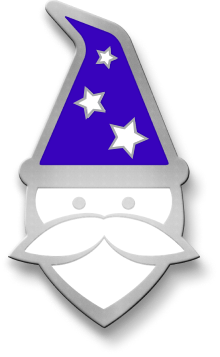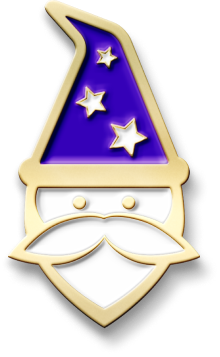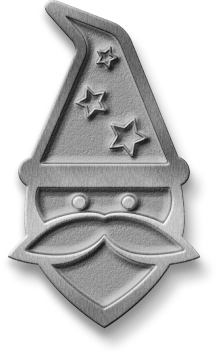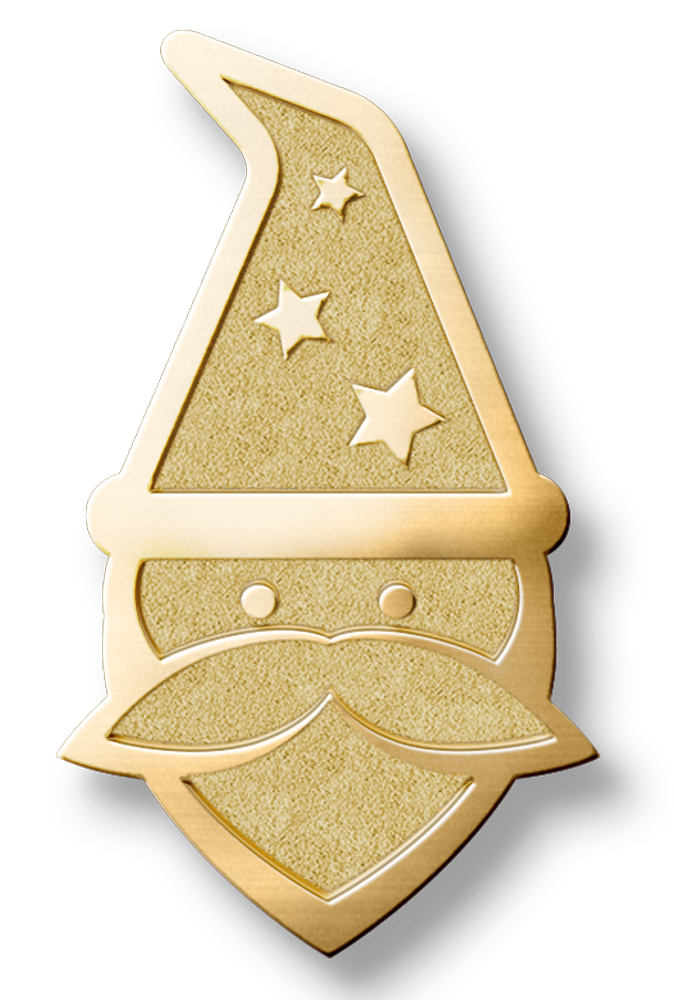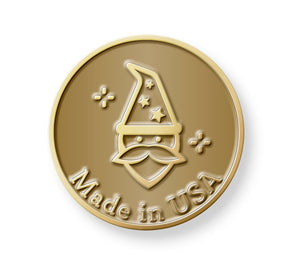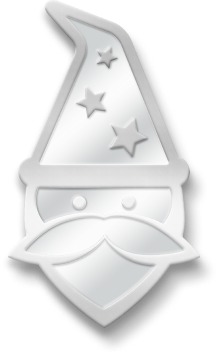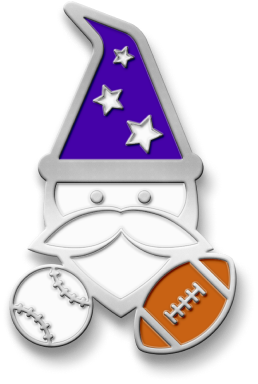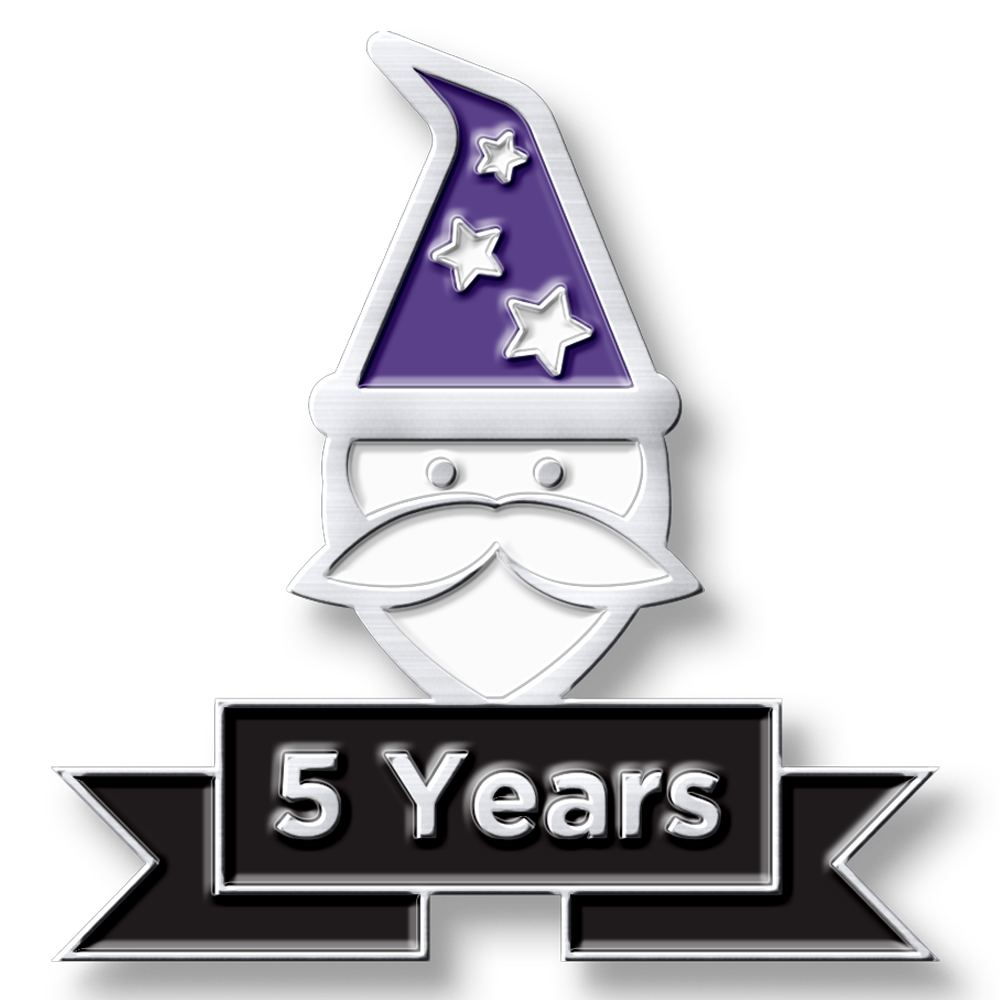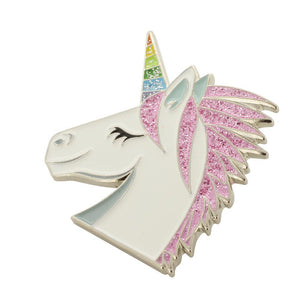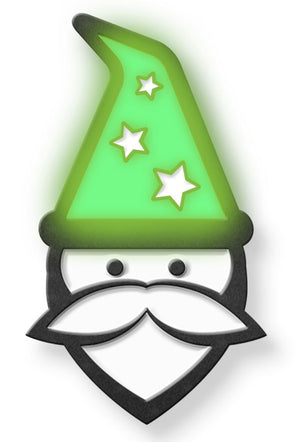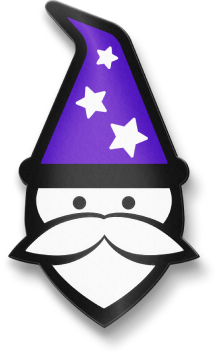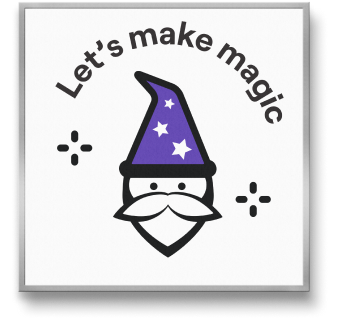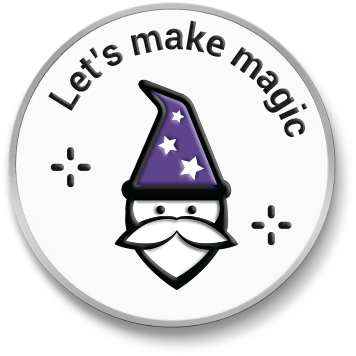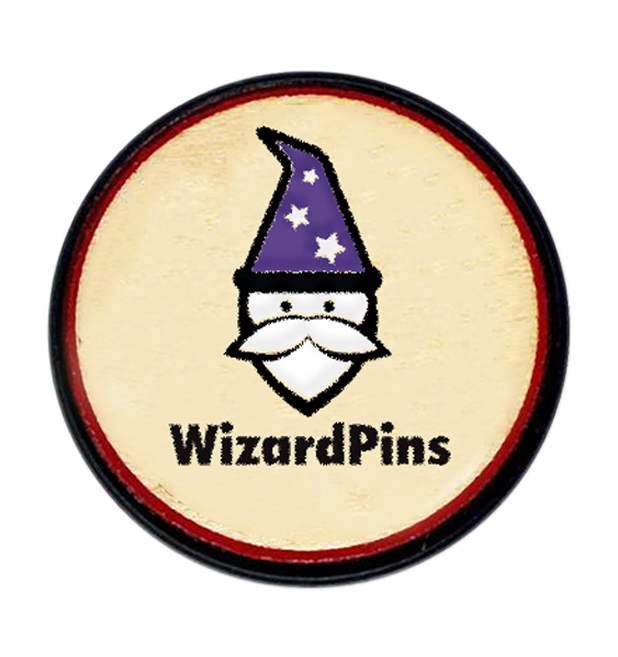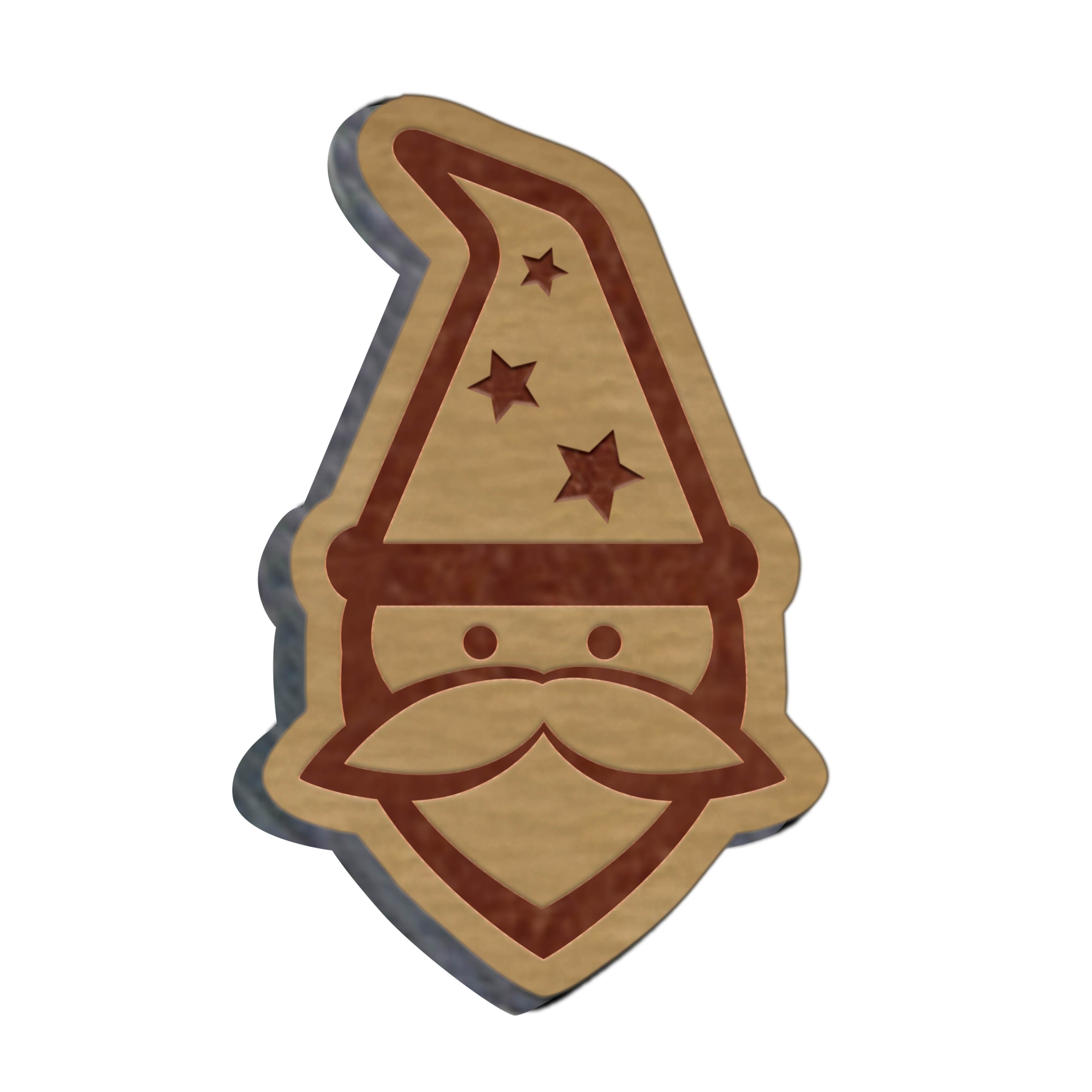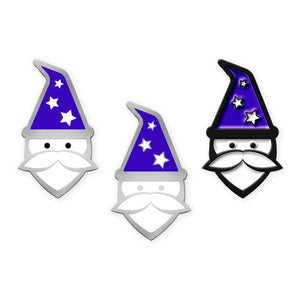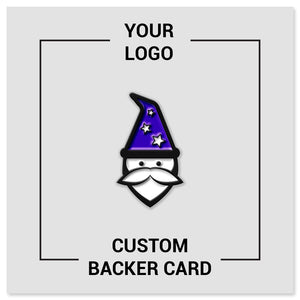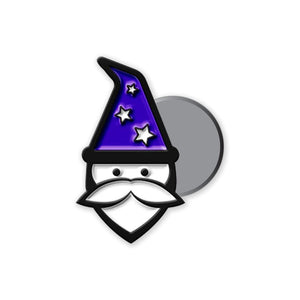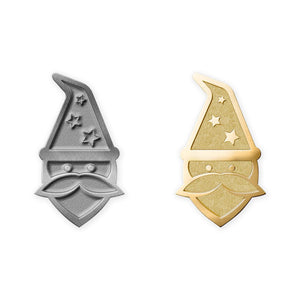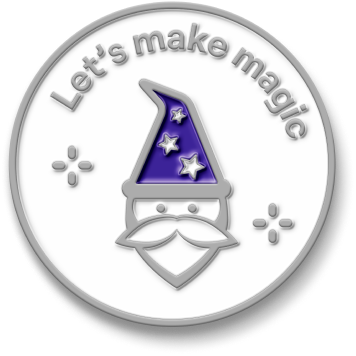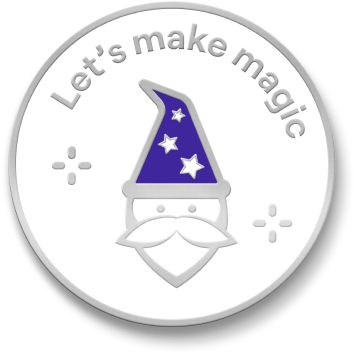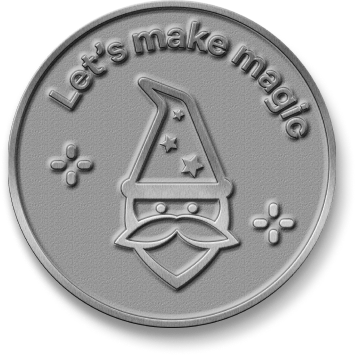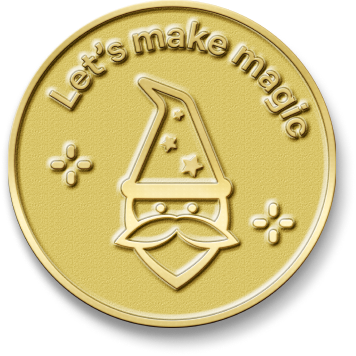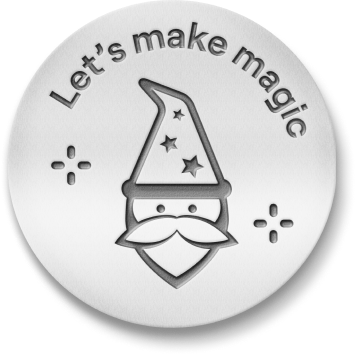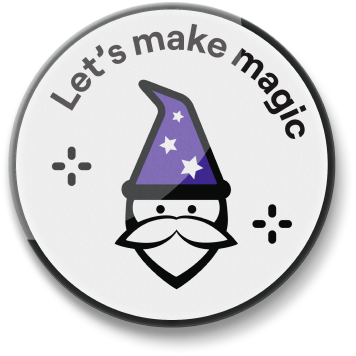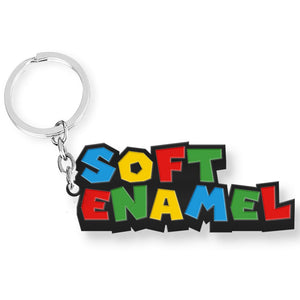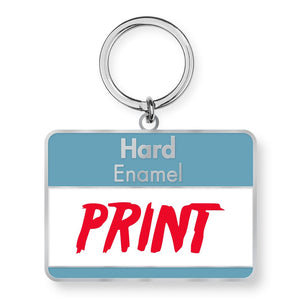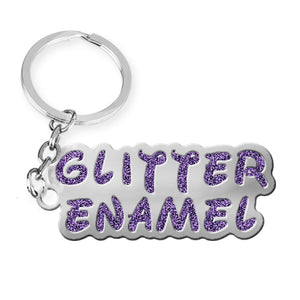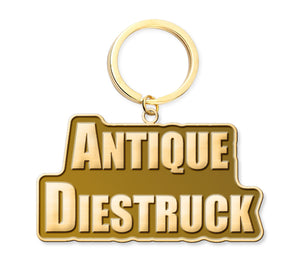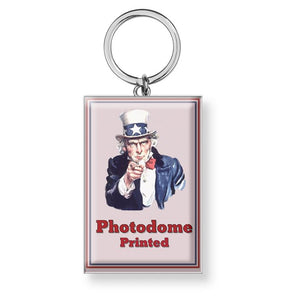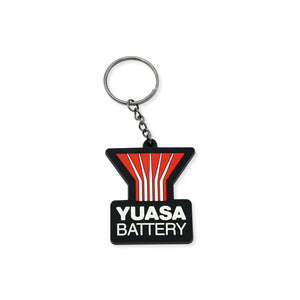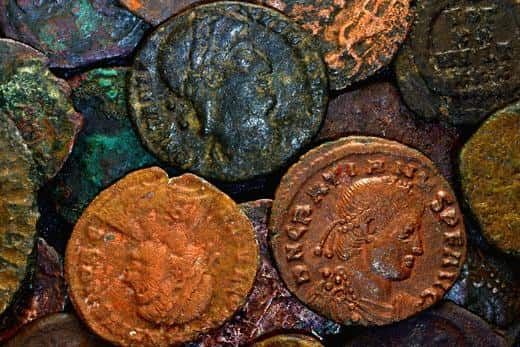What do a Roman soldier, a WWI pilot, and Samuel L. Jackson have in common?
That’s not the start of a joke. They’re all a part of 2,000 years’ worth of challenge coin history.
Challenge coins have evolved from payment and drinking-game props to become a symbol of gratitude for the giver and comradery and pride for the receiver. The history of coins holds some important lessons for organizational leaders who hope to instill those morals in their own company cultures.
Military and the first challenge coins
Challenge coins have always been a way for officers to show gratitude to standout soldiers. Over time, they became so much more.
Romans give coins to soldiers
The Romans didn’t invent the idea of coins as currency, but they certainly went all-in on the concept. And given the Roman love of war and conquest, it’s no surprise that our tale of military coinage starts with the tunicked forces of ancient Rome.The earliest coins found likely jingled around in Roman pockets about 2,400 years ago. Some of those coins featured insignias from local legions—the largest military unit of the Roman army.
Sometimes, when a legionnaire (Roman soldier) went above and beyond, the powers in charge would reward them with one of these coins. It was extra pay, but also a nice memento after a hard day of soldiering.
In fact, that’s how Septimius Severus thanked the troops that supported his rise to power. See, besides having a really cool name (we assume he was house Slytherin), Severus had to kill off or defeat several would-be emperors to gain and keep the title. It was bloody work, and he doled out a coin like this to the soldiers who made it happen.

Source
You can actually buy ancient Roman coins if you want. You never know when you’ll run across an ancient Roman vending machine.
WWI and the first(?) modern military coin
The first modern example of a challenge coin comes from just before the United States’ official involvement in World War I.
The story goes like this: A wealthy American lieutenant serving in the volunteer air corps makes a batch of medallions struck with his squadron’s insignia. He hands them out to his men and says, “I’m proud of you, and thanks for being pilots with me” (paraphrased).
One of those pilots gets shot down and captured by Germans. His captors take all of his possessions except the leather pouch hanging around his neck where he’d tucked his medallion.

Imagine not only flying in one of these planes but getting shot at while you did it. Source
Well, the pilot escapes and navigates his way across enemy territory to allied France. Unfortunately, the French have been harassed by spies and decide it’s better to execute the pilot because he can’t prove his identity (remember, Germans took all his stuff).
At the last minute, the pilot shows his current captors the medallion, someone recognizes its insignia, and they give him a bottle of wine instead of killing him.
There’s not a lot of hard proof to verify the tale. But hey, we’re not ones to let facts get in the way of a great story.
Buffalo Bill, the first verifiable modern military coin
The stories of modern challenge coins begin to shift from tall tales to proven anecdotes in the 1950s.
This is one of the earliest tangible examples of a military coin handed out to troops.

Source
The coin was commissioned by then-Lt. General (and then Colonel) William “Buffalo Bill” Quinn and handed out to his soldiers. The 1950 and 1952 represent the years the 17th Infantry entered Korea and the year the coin was produced, respectively. 1812 was the year the 17th Infantry was activated.
Special ops adopts the challenge coin
Special operations teams were among the first military groups to run with the idea of a unit challenge coin.
It reportedly started in the 1960s when members of the 11th Special Forces Group (SFG) took regular monetary coins and stamped their insignia over the top of them.
Soon, the tradition spread, and most spec ops teams would have their own coin to carry around.
Slamming bullets plus the Sixpence Club and the short snorters: How coins got their challenge
A challenge, or coin check, is initiated when one person either places their coin on a table hard enough to be heard or pulls their coin out and verbally announces the challenge. Everyone present must also produce their coin. Anyone who can’t buys a round of drinks. If everyone can, the challenger has to buy a round.
Some say the history of the coin challenge started in WWII. Members of the Office of Strategic Services (OSS), precursor to the CIA, are said to have had to carry identification coins to prove they weren’t spies. Or, at least, that they were spies for your team. Of course, we’re not allowed to know if that’s true.
Others point to the pfennig check as the first coin check. A pfennig is the lowest denomination in German currency. During WWII, it was reportedly a tavern custom to call for a pfennig check, and those without one bought the drinks.
Of the several tales of challenge coin history, two stories bubble up as the most likely—or at least the most interesting—of the bunch.
Coins are safer than artillery shells when smashed on a table
Apparently, U.S. soldiers serving in Vietnam were given a single unused bullet after a successful mission. It was meant to celebrate survival but also served as a morbid reminder to save one round should things go south next time.
Soldiers who were in the “Bullet Club” often challenged each other by slamming their bullet on the table, and, you guessed it, anyone without one had to buy the drinks. Things escalated, and challenges were met with larger and larger ammunition: first M16 rounds, then .50 caliber, anti-aircraft, and even artillery shells.
Commanders and, we assume, bartenders weren’t happy with the safety hazard of slamming live ammo on a bar, so the practice was banned, and challenge coins were suggested instead.
The one rule of Jolly Sixpence Club . . .
In 1954, Jim Harrington, company commander in the 107th Infantry, started what he dubbed The Jolly Sixpence Club. Basically, you had to carry a sixpence (a British coin) and, when asked, produce said coin or buy a round of drinks.
The challenge tradition didn’t start with Harrington, though. He said he got the idea from the short snorters.
A short snort is a partial shot of liquor. Back in the WWII days, pilots would only drink half a shot of liquor before flying (because safety), so they were nicknamed short snorters.
Those pilots also had a habit of getting a dollar bill (or whatever currency was local) signed by their crew for luck. These signed bills were also called short snorters—maybe because nicknames were hard to come up with. Another pilot could challenge you to show your short snorter and, if you failed, you bought drinks.
From one, or maybe all, of those many stories, the challenge was put into challenge coins.
Challenge coins proliferate modern military life
“Coining,” that act of a senior commissioned or non-commissioned officer giving a coin to show appreciation to a subordinate, blew up in the 1980s.
A soldier, sailor, airman, or marine might collect dozens of coins throughout their career. Tracy English, a historian at the Air Force’s 37th Training Wing at Joint Base San Antonio-Lackland in Texas, joked with The New York Times about the number of metal coins a long-term service person might collect. “If you walk into a high-ranking service member’s office with a big magnet, chances are you will die.”
Today, military coins are often called commander’s coins to distance them from their drinking game traditions. They can be presented by just about any senior commissioned or non-commissioned officer.
No matter where they come from, though, coins remain a physical manifestation of the pride and sense of belonging that is the backbone of the military culture.
The Airman’s Coin, for example, is handed to each successful graduate of the Air Force’s Basic Military Training. Here’s Gour Maker receiving his Airman’s Coin.

Source
Maker was a former slave and refugee from the civil war in Sudan, became an Olympic runner, and enlisted in the U.S. Air Force. It’s easy to understand why many members of the Air Force consider their Airman’s Coin one of the most important they’ll receive during their career.
Military challenge coins for civilians
These days, it’s common for civilians who do great things to support military personnel to receive challenge coins.
Actually, coins are even used as a public relations tool. Here’s a picture of one of the baddest people on the planet and Samuel L. Jackson.

Source
Jackson and fellow actor Brie Larson visited Edwards Air Force Base for a “Captain Marvel” media event. Jeannie Leavitt, the Air Force’s first female fighter pilot—now a major general—and advisor on the film, is seen here presenting a challenge coin to Jackson.
Government and their challenge coins
Learning from their military counterparts, government leaders have taken to coining people, too.
It started with Clinton
Bill “42” Clinton was the first president to create a presidential challenge coin.

Source
Clinton was also an avid collector. You can see his rack of challenge coins in the background of his portrait.

Source
Since then, each president has created their own challenge coin, and since Dick Cheney, every VP has as well.
In the collectors’ world, presidential challenge coins have become some of the most valuable coins, both monetarily and sentimentally.
Each president has had their own influence on coin design and how they’re used.
President Barack Obama, for example, was known for giving his coins to service members at the base of the stairs to Air Force One and placing them at the graves of fallen servicemen and servicewomen.
President George W. Bush reserved many of his challenge coins for injured U.S. soldiers.
And President Trump broke away from tradition in his challenge coin design by replacing the nation’s motto, E Pluribus Unum (out of many, one) with his campaign slogan: Make America Great Again.

Bill O’Leary/The Washington Post
Challenge coin fever has spread throughout Washington. Members of Congress and governmental agencies like the EPA have designed their own versions.
The secret handshake
Like slipping a tip to the valet in the coolest way possible, some presidents and politicians use the secret handshake to give out challenge coins on the down-low.
So sly is the move that it’s rarely caught on camera. This is one of the first known photographs of President Obama stealthily handing off a coin.

Photo by Chris Stone (Source)
It’s possible the secret handshake actually dates back to the Second Boer War (1899–1902). The British, who were fighting the colonial South Africans, hired mercenaries to do some of the dirty work. As soldiers for hire, they weren’t allowed to receive medals. So when a mercenary did something extraordinary, the medal would go to the military commander in charge.
That apparently didn’t sit well with the non-commissioned officers. They would sneak into the commander’s tent and steal the medal. Then, they’d palm the medal and offer it, via handshake, to the mercenary who did the daring deed.
What challenge coin history can teach businesses about culture
In 2012, Michael Condrey, co-founder of Sledgehammer Games, was presented a challenge coin by a member of SEAL Team 5 after taking part in a live-fire exercise as research for Call of Duty: Modern Warfare 3.
“That was a very powerful expression of being brought into that brotherhood,” Condrey told Inverse in 2017.
That experience inspired the Sledgehammer challenge coin, which is given to each new employee.
What Condrey tapped into is what the history of challenge coins is all about: leadership showing appreciation for the people that make the mission possible, and team members having a physical expression of the comradery that comes from being part of something bigger than themselves.
Any organization can incorporate challenge coins into their company culture. And when they do, they’ll be leveraging 2,000 years of history.
